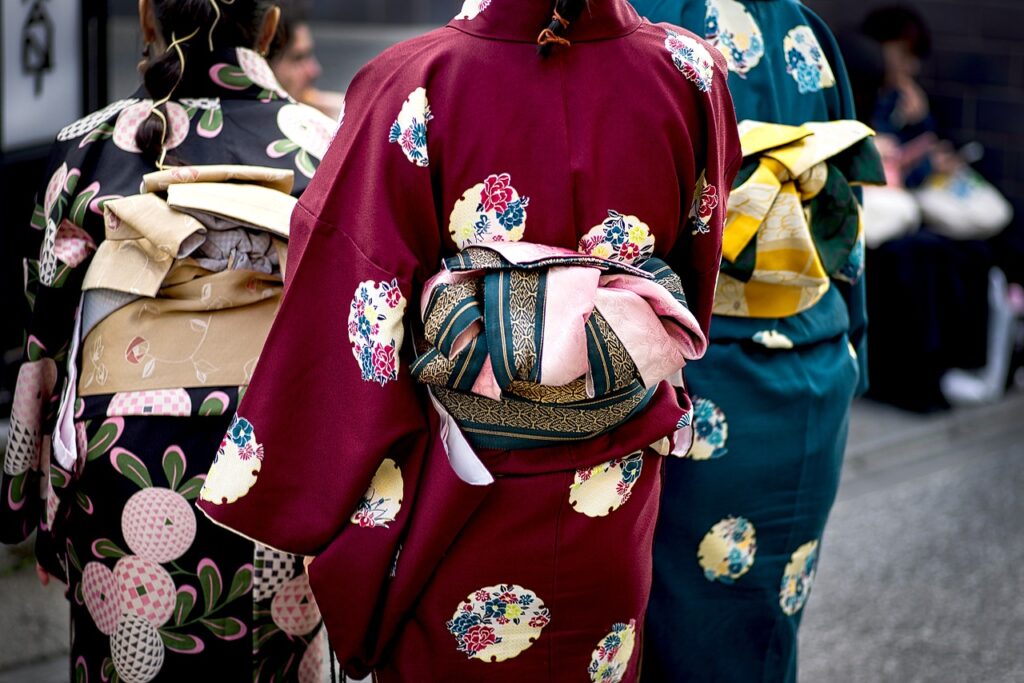
Silk painting is an ancient and elegant art form that combines the natural beauty of silk with the vivid brilliance of colourful paints.
Across cultures and generations, artists have explored the delicate dance between fabric and pigment, turning plain silk into breathtaking works of art.
Whether you’re admiring the intricate details of Japanese silk paintings or trying your hand at modern designs, the allure of painting on silk cloth continues to captivate creators worldwide.
Let’s explore the techniques, materials, and history of silk painting, along with the rise of related arts like silkscreen paintings.
The Rich History of Silk Painting
Silk has been a prized material for thousands of years, valued for its lustrous texture and luxurious feel. Naturally, artists saw the potential in combining this fabric with their creativity. Some of the earliest known examples of silk painting come from China, where artisans used natural dyes to illustrate landscapes, myths, and everyday scenes on silk scrolls.
Japanese silk paintings also have a distinguished history, often depicting serene nature scenes, delicate cherry blossoms, and graceful cranes. These artworks are renowned for their fine brushwork and subtle use of colour, embodying the harmony and balance celebrated in Japanese aesthetics.
Traditional techniques are still practised today, with master artists passing down their knowledge through generations.
Essential Materials: Choosing Silk Fabric Paint
When it comes to painting on silk cloth, choosing the right materials is crucial for achieving vibrant, lasting results. The first essential is a high-quality silk fabric paint. Unlike standard fabric paints, silk-specific paints are formulated to flow smoothly across the fabric’s fine fibres, maintaining the silk’s natural softness and sheen.
There are two main types of silk fabric paint: dye-based paints and pigment-based paints.
Dye-based paints penetrate the fibres deeply, creating bright, translucent colours that feel like part of the fabric.
Pigment-based paints sit more on the surface, offering bolder coverage and allowing for more textured effects. Both have their place, depending on the desired outcome of your artwork.
Other essential materials include:
- Resist or gutta: Used to outline designs and prevent colours from bleeding into each other.
- Stretching frame: Keeps the silk taut while you work, ensuring clean lines and smooth application.
- Soft brushes: These allow for gentle, controlled strokes that respect the delicate nature of the silk.
Techniques for Painting on Silk Cloth
Silk painting shares similarities with watercolour art, as both rely on the fluid movement of paint. One popular method is the serti (or resist) technique, where artists draw outlines with resist to contain the silk fabric paint within specific areas. This creates clear, crisp designs and is excellent for patterns like flowers or geometric motifs.
Another approach is free-flow painting, which embraces the unpredictable beauty of wet paint on silk. Without resist barriers, colours blend and flow together organically, producing dreamy, abstract effects.
Layering is also important when painting on silk cloth. Start with lighter shades, allowing each layer to dry before adding deeper tones. This builds depth and richness without overwhelming the delicate fabric.
(Silk Painting: Creating One-of-a-Kind Scarves)
The Influence of Silkscreen Paintings
While silk painting traditionally involves direct application of paint to fabric, the development of silkscreen paintings brought a new dimension to the art. Silkscreen, or screen printing, uses a mesh screen (often made of silk in earlier times) to transfer ink onto various surfaces, including fabric, paper, and even wood.
Silkscreen paintings allow artists to reproduce intricate designs with precision and consistency, making the technique popular in both fine art and commercial applications. Though it differs from hand-painted silk art, silkscreen shares the same appreciation for silk’s fine texture and has contributed to the popularity of silk-based artworks worldwide.
Why Try Silk Painting?
Silk painting offers a unique blend of challenge and reward. The process requires patience and practice, but the results are truly stunning. Watching silk fabric paint spread across the shimmering surface, or seeing the delicate lines of Japanese silk paintings come to life under your brush, is an experience unlike any other.
For beginners, starting with simple designs and practising resist techniques can help build confidence. Over time, you can experiment with free-flow methods and even explore blending traditional silk painting with silkscreen paintings for a modern twist.
Silk painting is a timeless art that continues to inspire artists around the globe. From the elegance of Japanese silk paintings to the vibrant experimentation of contemporary silkscreen paintings, this creative practice celebrates both tradition and innovation. By choosing the right silk fabric paint and mastering the techniques of painting on silk cloth, anyone can bring their visions to life on this luxurious canvas.
So why not pick up a brush and let your creativity flow across silk’s shimmering surface?
Whether you’re crafting a decorative piece, a wearable accessory, or simply enjoying the meditative process, silk painting offers endless possibilities for artistic expression.
